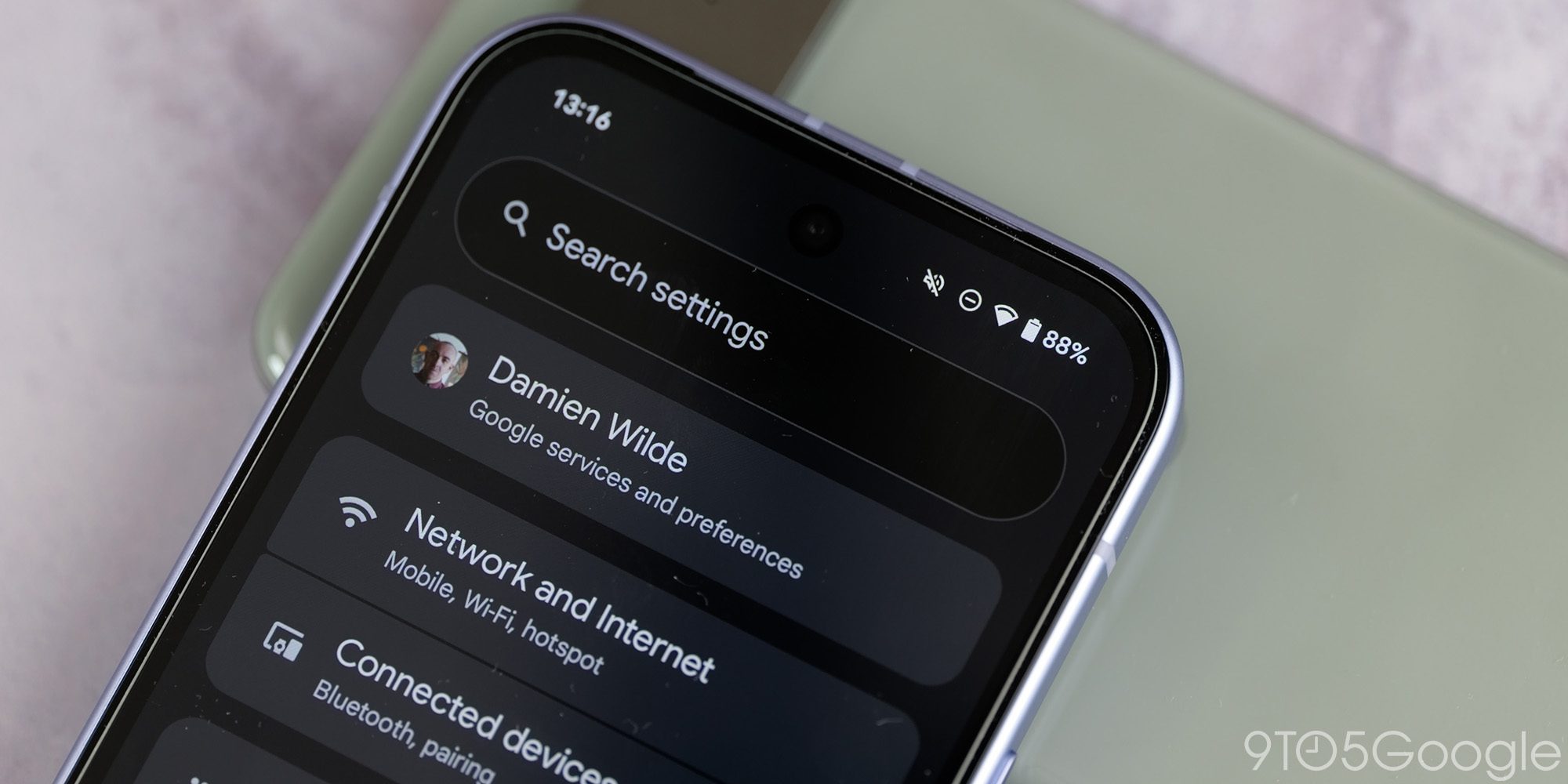

google redesigns and simplifies android backup settings: Google has recently unveiled a significant redesign of the Android Backup settings, aligning with its ongoing initiative to enhance the user experience across various settings pages with Material 3 Expressive design principles. This update not only modernizes the aesthetic but also simplifies the functionality, making it easier for users to manage their backup preferences.
Key takeaways
- The redesigned Android Backup settings feature a streamlined interface.
- Material 3 Expressive design principles are applied to improve usability.
- Users can now navigate backup options with greater ease.
- The update is part of a broader effort to enhance Android settings across the board.
The Android Backup settings have long been a crucial aspect of device management, allowing users to safeguard their data and settings. However, the complexity of the original interface often posed challenges for users, particularly those who may not be tech-savvy. With the latest redesign, Google aims to address these concerns by simplifying the layout and making key features more accessible.
The new design introduces a more intuitive navigation structure. Users will notice fewer layers of menus, allowing them to quickly access essential backup options. The interface now prominently displays key features, such as data backup status and the types of data being backed up, including app data, call history, contacts, and device settings. This clarity is expected to enhance user confidence in managing their backups.
Visual Enhancements
The visual overhaul adheres to Material 3’s principles, which emphasize a clean and expressive design language. The updated Backup settings utilize a bolder color palette, improved typography, and enhanced iconography that collectively contribute to a more engaging user experience. The overall aesthetic aligns with the broader visual updates seen across Android 16, reinforcing Google’s commitment to a cohesive design language across its platforms.
One of the standout features of the redesign is the integration of a progress indicator for ongoing backups. Users can now easily see the status of their backups in real time, which was previously less transparent. This feature is particularly beneficial for users with large amounts of data, as it provides reassurance that their information is being securely backed up without the need for constant manual checks.
Streamlined Backup Options
In addition to visual improvements, the redesign also streamlines the backup options available to users. Previously, users had to navigate through multiple settings to configure their backup preferences. The new layout consolidates these options, allowing users to toggle backup features on and off with a single tap.
- Automatic Backups: Users can now easily enable or disable automatic backups for their apps and settings. This feature is particularly useful for those who frequently switch devices or perform factory resets.
- Selective Backup: The redesign allows users to select specific types of data to back up, such as photos, videos, and documents, ensuring that they can tailor their backup strategy to their needs.
- Storage Management: The new settings also provide insights into storage usage, helping users manage their backup space more effectively. This is crucial for those with limited storage on their devices.
The simplification of backup options is expected to reduce user frustration and increase the likelihood that users will take advantage of backup features. By making these options more visible and easier to understand, Google hopes to encourage a wider adoption of backup practices among Android users.
Impact on User Experience
The redesign is part of a broader strategy by Google to enhance the user experience across Android. As smartphones become increasingly integral to daily life, the importance of reliable data backup cannot be overstated. By simplifying the process, Google not only makes it easier for users to protect their data but also fosters a sense of security and trust in the Android ecosystem.
This update is particularly relevant in light of the growing concerns around data privacy and security. Users are more aware than ever of the importance of safeguarding their personal information, and a user-friendly backup solution can play a critical role in addressing these concerns. The new Backup settings are designed to empower users, giving them greater control over their data and how it is stored.
Comparison with Previous Design
To understand the significance of this redesign, it is helpful to compare it with the previous version of the Backup settings. The older interface was often criticized for its cluttered layout and convoluted navigation. Users frequently reported difficulty in locating specific backup options, which could lead to confusion and, in some cases, data loss.
| Feature | Previous Design | Redesigned Interface |
|---|---|---|
| Navigation | Multi-layered menus | Single-layer, intuitive layout |
| Data Status Visibility | Limited visibility | Real-time progress indicators |
| Backup Options | Scattered and complex | Consolidated and straightforward |
| User Feedback | Common frustration | Positive reception expected |
The improvements in the redesigned interface are anticipated to lead to a more positive user experience overall. By addressing the pain points of the previous design, Google is taking significant steps to enhance user satisfaction and foster a more supportive environment for data management.
Future Updates
As Google continues to refine its Android operating system, users can expect further enhancements to the Backup settings and other areas of the system. The company has a history of iterative updates that respond to user feedback, and the latest redesign is likely just one of many improvements to come.
Future updates may focus on integrating additional features, such as enhanced security options, more data types for backup, and even smarter backup algorithms that optimize the process based on user behavior. Google has also hinted at potential AI-driven solutions that could further streamline the backup process, making it even more user-friendly.
Conclusion
The redesign of the Android Backup settings marks a significant step forward in enhancing user experience and data management within the Android ecosystem. By simplifying the interface and making key features more accessible, Google aims to empower users in safeguarding their data. As Android continues to evolve, users can look forward to a more cohesive and intuitive experience that prioritizes their needs and preferences.
Source: https://9to5google.com/2025/08/26/android-backup-settings-redesign/
Was this helpful?
Last Modified: August 27, 2025 at 4:49 am
5 views















